June 2022
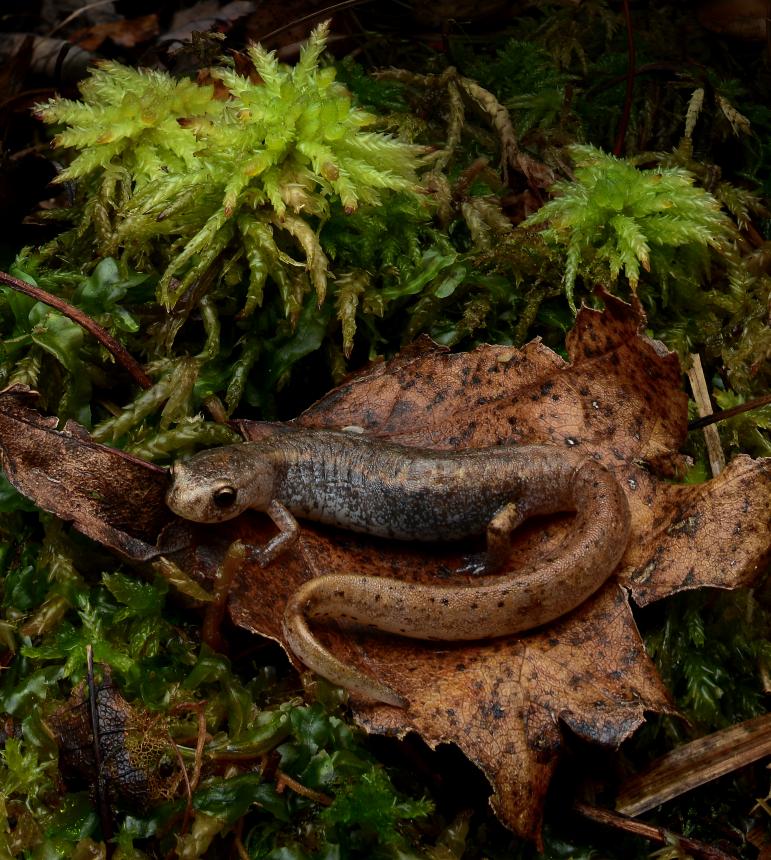
For Your Information
June 30, 2022
Successful conservation efforts for threatened species depend on accurate characterization of their distribution, habitat use, and threats. Environmental DNA (eDNA) monitoring can provide a sensitive and noninvasive alternative to traditional surveillance techniques.

June 27, 2022
West Nile virus may no longer be a death sentence to crows. In a new study from the College of Veterinary Medicine, wildlife experts describe successfully treating and releasing five American crows infected with the deadly disease, These are the first known crows to survive West Nile virus.
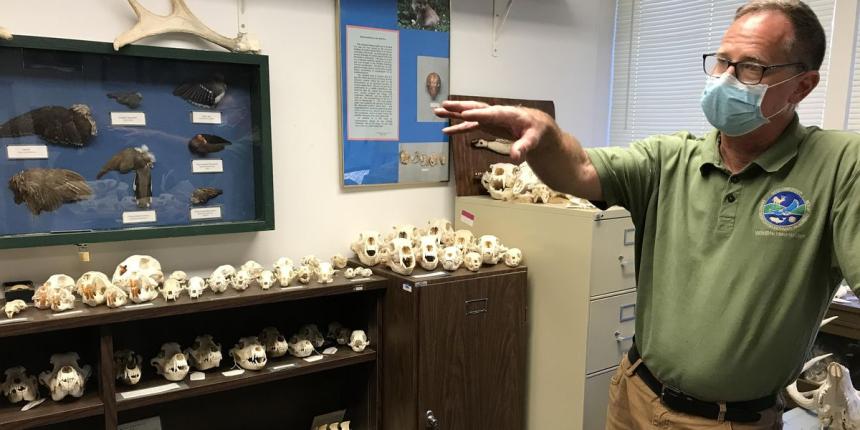
June 22, 2022
The effects of lead poisoning can vary depending on exposure, but they’re often devastating. Cornell wildlife ecologist Dr. Krysten Schuler notes that lead impacts every system in the body and that while eagles have been carefully studied, it’s likely that other animals are affected by lead poisoning too.
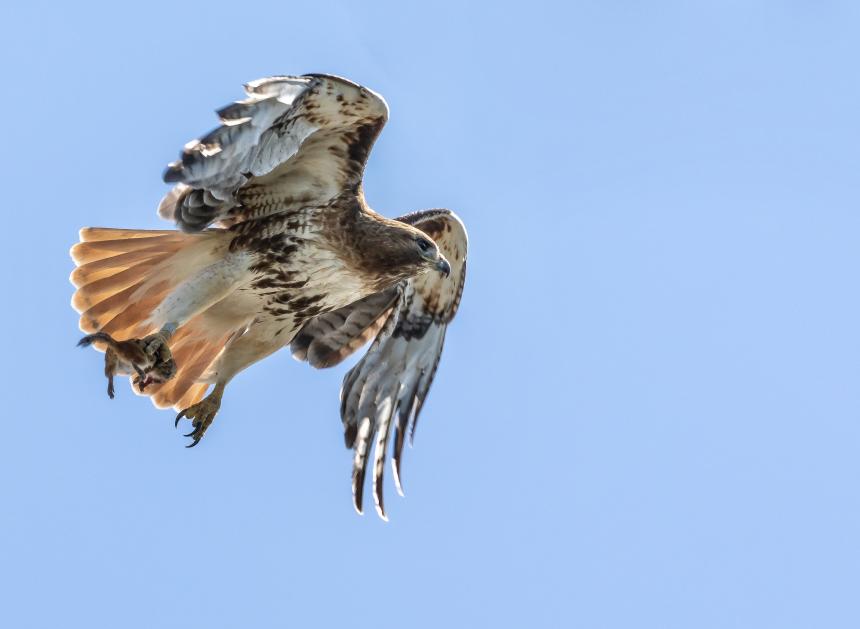
For Your Information
June 17, 2022
Anticoagulant rodenticides continue to be used across the U.S. as a method for controlling pest rodent species. As a consequence, wild birds of prey are exposed to these toxicants by eating poisoned prey items.
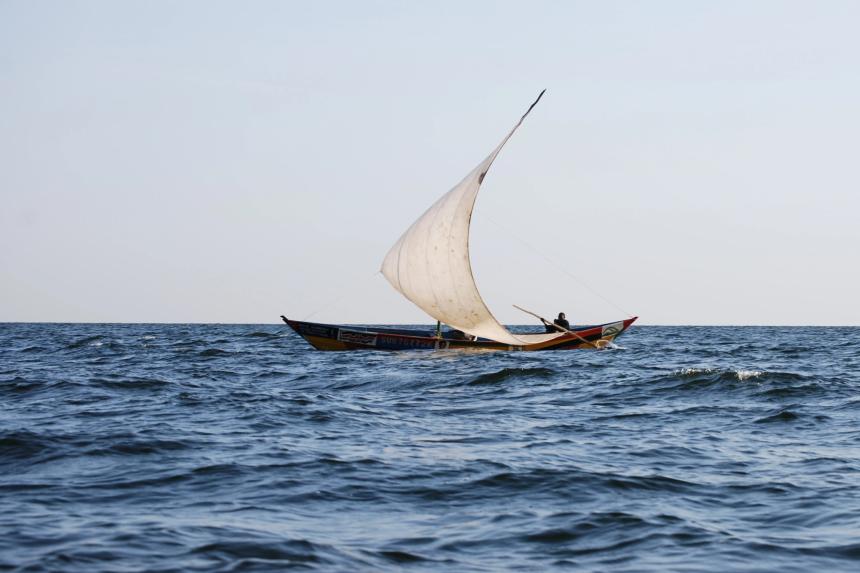
June 15, 2022
Cornell's Dr. Kathryn Fiorella seeks to ensure the health of fisheries by taking into account the nutritional and livelihood needs of the people who depend on them.
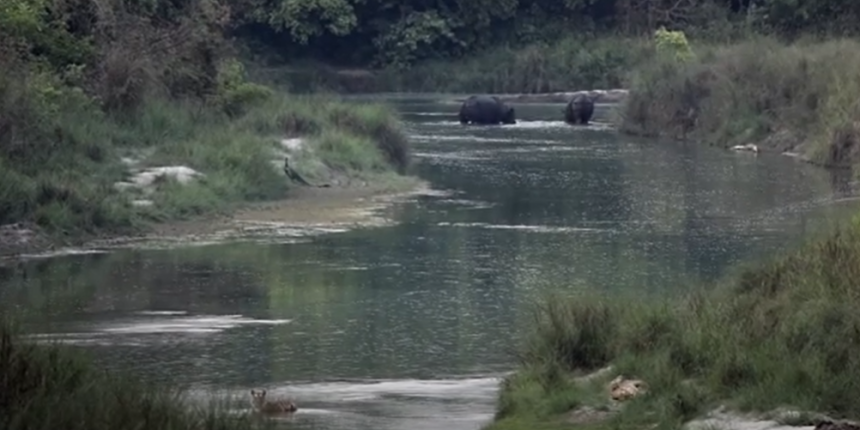
Video
June 10, 2022
At the end of a busy season researching how canine distemper virus affects Nepal’s tigers and leopards, our Wild Carnivore Health Specialist Dr. Martin Gilbert takes a break to recharge his batteries with the wildlife of Bardia National Park.
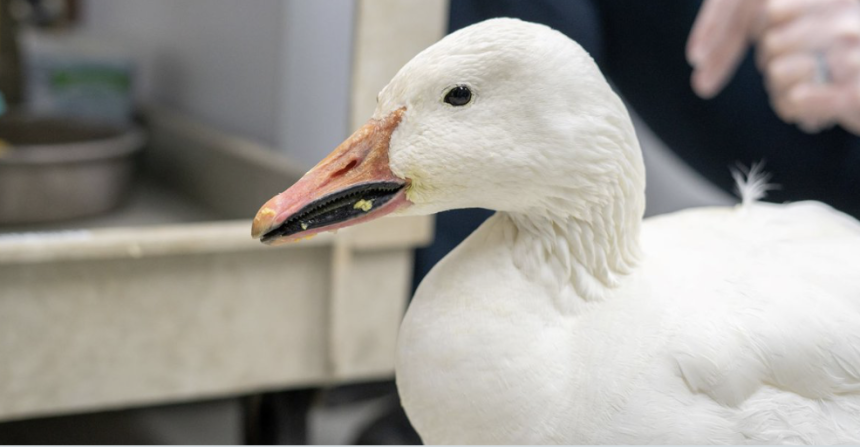
June 10, 2022
Each spring, large flocks of snow geese make their annual trek from the south back up to their Arctic breeding grounds. One goose’s journey was interrupted, however, by an increasingly common threat to wildlife — lead toxicity.
Video
June 10, 2022
This female snow goose came to the Janet L. Swanson Wildlife Hospital for lead toxicity. She couldn’t keep up with her flock on its migration north because she was too sick to fly. The Cornell team nursed her back to health and she was released back into the wild.
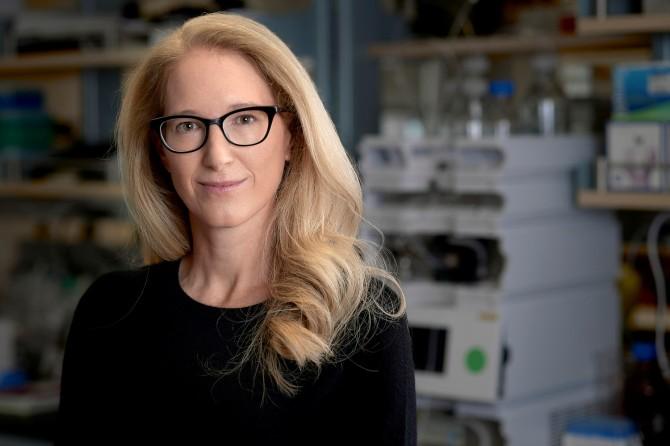
June 02, 2022
Raina Plowright, a world-renowned ecologist and epidemiologist who studies the mechanisms that drive the spillover of pathogens between species, has joined the College of Veterinary Medicine. Her transdisciplinary work demonstrates that preserving and restoring wildlife habitats can stop pathogen spillover by minimizing contact between infected wildlife and potentially susceptible livestock or human hosts.
